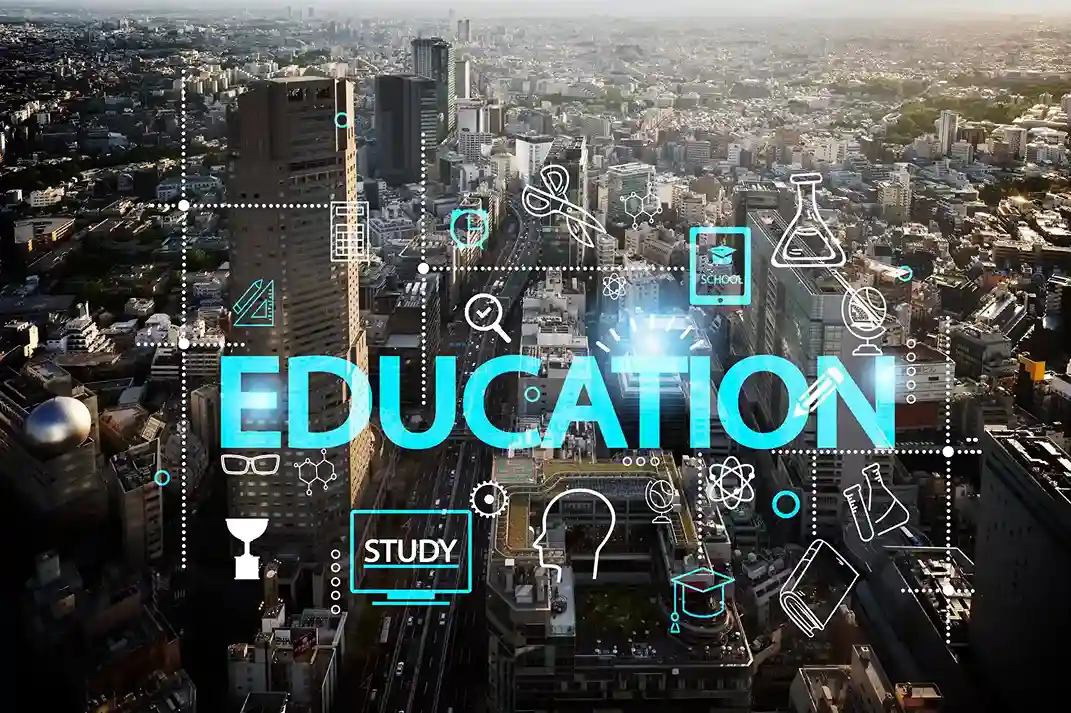Consider a world where a student in a village can attend online courses from reputed universities, participate in virtual reality science experiments, and team up smoothly with peers across the globe – all from the smartphone. This future beckons thanks to 5G technology, a revolutionary force poised to transform distance education by offering remarkable speed, reliability, and connectivity. As we stand at the precipice of these technical breakthroughs, understanding how 5G will reshape the educational landscape and bring high-quality learning experiences to every corner of the world becomes crucial.
Enhanced Speed and Low Latency
-
Faster Data Transfer:
Experience seamless learning with 5G, up to 100 times faster than 4G. Stream high-quality lectures without buffering, explore virtual labs, and collaborate with classmates globally in real time. 5G makes learning smooth and efficient, letting you focus on gaining knowledge and skills.
-
Real-time Interactions:
Say goodbye to delays in online classes. 5G’s ultra-low latency ensures instant responses, creating an interactive learning environment. Participate in discussions easily, feeling as connected as in a traditional classroom. 5G enhances collaboration and maximizes your educational experience.
Improved accessibility and Inclusion
-
Closing the Digital Divide:
5G’s reliable internet access bridges the digital divide for rural students. Imagine them learning alongside urban peers, accessing world-class instructors and online courses.
-
Global Classrooms:
Enhanced connectivity fosters truly global classrooms. Students worldwide can connect virtually, exchanging ideas and enriching each other’s learning through diverse cultures and styles.
Innovative Learning Experiences
-
Virtual Reality and Augmented Reality:
5G facilitates Virtual Reality (VR) and Augmented Reality (AR) operations, which produce immersive learning experiences. Imagine medical scholars rehearsing surgery in a virtual operating room (VR) or history scholars probing ancient societies through augmented reality (AR).
-
Interactive content:
Preceptors can use interactive information such as 3D models and gamified learning to make assignments more engaging and effective. It directly enhances the productivity of students and their interest in prospective subjects.
Personalized Learning
-
Adaptive Learning Platforms:
With the power of 5G, AI-powered adaptive learning platforms can now customize lessons to match each student’s unique learning style and pace.
-
Real-Time Feedback:
Instructors can now give real-time feedback on assessments and assignments, helping students quickly understand where they are lagging and improve their performance.
Enhanced Collaboration Tools
-
Seamless Video Conferencing:
With higher bandwidth and low latency, video conferencing can become more reliable and high quality, enhancing virtual group projects and instructor interaction more seamlessly.
-
Cloud-Based Applications:
5G allows seamless access to cloud-based educational tools and resources, enabling students and teachers to collaborate on documents, presentations, and projects without interruptions.
Statistics Highlighting the impact
-
The rise of 5G:
According to research by Erikson, there will be 1 billion 5G subscriptions across the globe by the year 2023, highlighting the rapid adoption of technology.
-
The Rise of Distance Education:
According to the World Economic Forum, the online education industry is estimated to grow at $350 billion by 2025, driven significantly by advancements in 5G technology.
-
Reduced dropout rates:
According to studies, schools with Well-developed technological infrastructure, including 5G, have seen dropout rates decrease by 30% due to enhanced engagement and accessibility.
Challenges and Considerations for Implementing 5G in Educational Institutions
-
Making the Upgrade Globally:
Building 5G infrastructure is costly. Schools and universities must carefully assess these expenses and plan strategically to ensure the investment is worthwhile.
-
Boosting Digital Literacy:
New technology requires new skills. Educators and students need training and support to use 5G tools effectively. Continuous learning is essential to fully benefit from 5G.
-
Ensuring Privacy and Security:
With better connectivity comes higher risk. Institutions must implement strong cybersecurity measures to protect sensitive data from cyber threats and breaches.
5G Igniting Education’s Future
-
New Era, Limitless Learning:
While still in its early stages, 5G promises to revolutionize education. As schools embrace it, expect:
-
Course Explosion:
Imagine a vast selection of online courses catering to every interest. 5G empowers universities to expand offerings, making education accessible to all.
-
Empowered Educators:
5G isn’t just for students. Blazing-fast speeds grant educators instant access to cutting-edge professional development, keeping them at the forefront.
-
Lifelong Learning Unleashed:
5G shatters location barriers, opening high-quality education to everyone. This fuels lifelong learning, allowing continuous skill honing and market competitiveness.
Conclusion
5G greatly improves distance education by making it more accessible, engaging, and effective. Despite challenges, the benefits of 5G outweigh the difficulties. Schools using 5G can provide students with a more interactive learning experience, preparing them for the digital world. As 5G spreads, its impact on education will grow, becoming essential for future learning. 5G won’t just enhance current methods; it will enable new and innovative teaching and learning methods.









